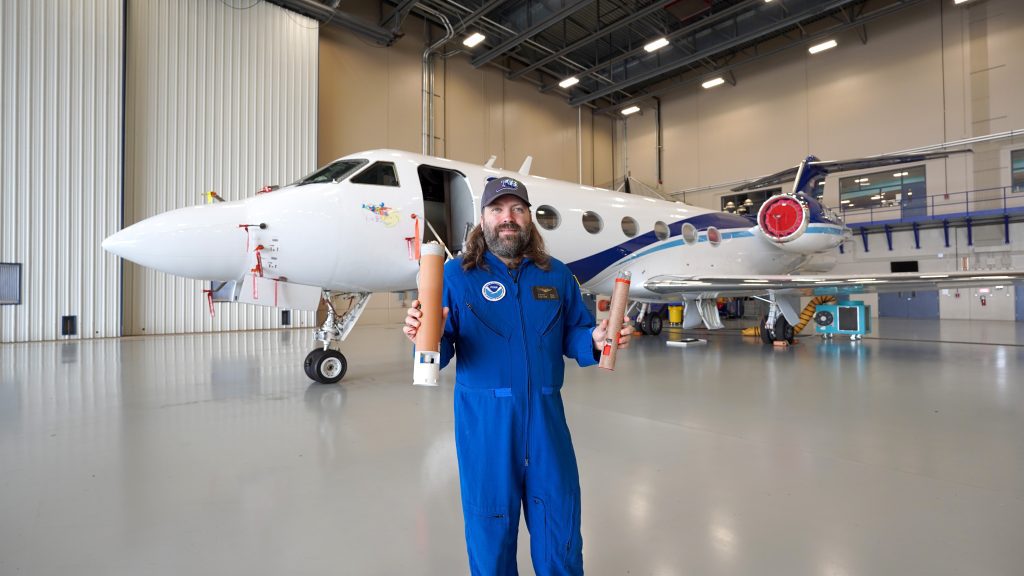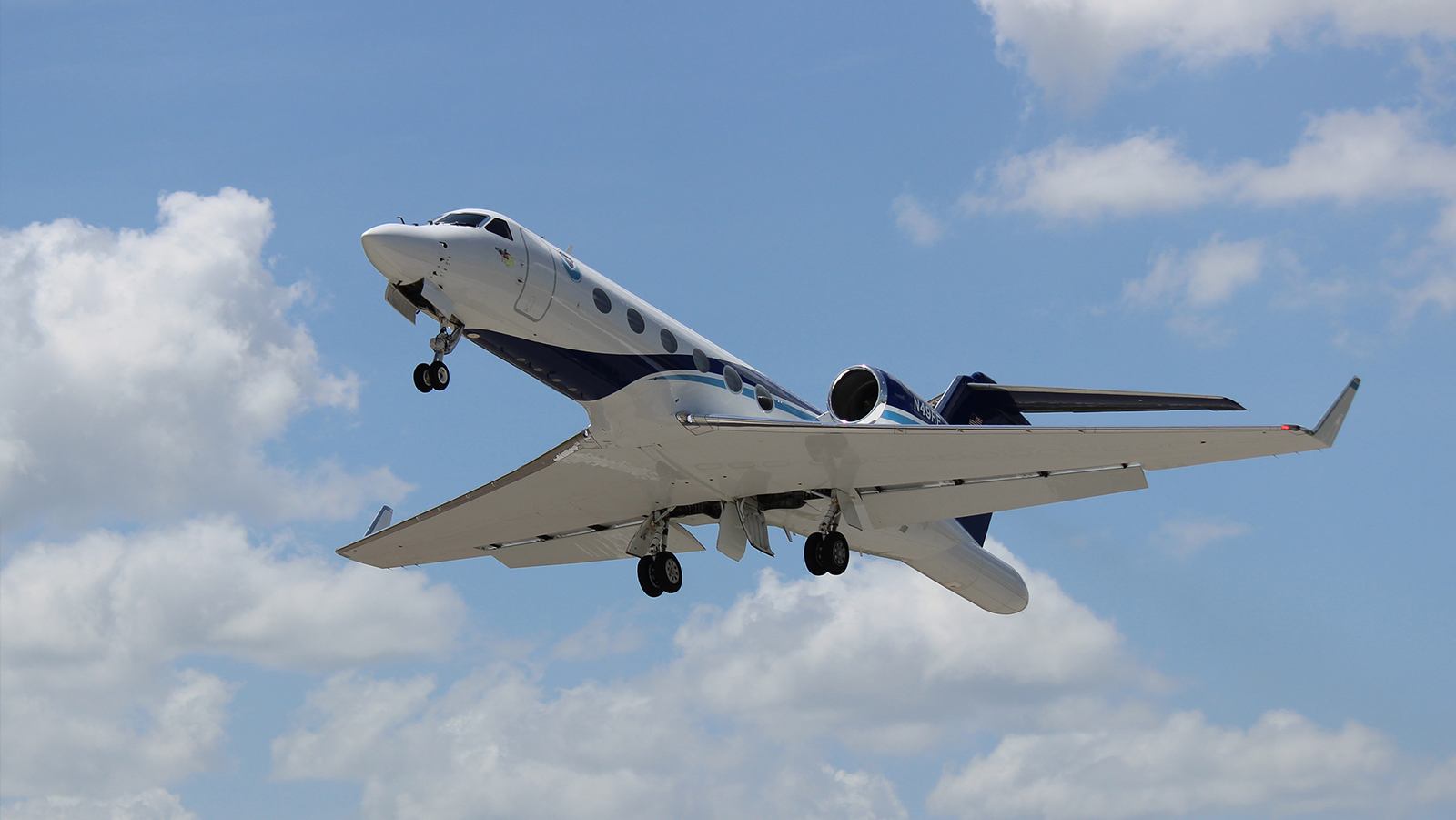In a groundbreaking new study, National Oceanic and Atmospheric Administration (NOAA) scientists unveiled a significant advancement in hurricane tracking and forecasting. The study, named “The G-IV Inner Circumnavigation: A Story of Successful Organic Interactions Between Research and Operations at NOAA,” discusses how scientists across NOAA are improving hurricane forecasts through the effective use of NOAA Hurricane Hunter aircraft.
Traditionally, NOAA has utilized the NOAA Gulfstream-IV (G-IV) Hurricane Hunter jet to collect data from around hurricanes, aiming to better understand their structure and predict their movements. In 2018, researchers at NOAA introduced a key change: implementing a second flight path closer to the hurricane’s center. This inventive approach was based on the belief that closer observations could provide more detailed insights into the storm’s behavior, potentially enhancing forecast accuracy.
The G-IV jet, equipped with dropsondes – instruments that measure various atmospheric parameters as they descend by parachute – now flies two rings around hurricanes. The inner ring allows scientists to gather data closer to the storm’s core, a method previously suggested by preliminary experiments to improve track forecasts.

Collaboration between NOAA’s Atlantic Oceanographic and Meteorological Laboratory (AOML) and the National Hurricane Center (NHC), along with the Environmental Modeling Center (EMC), has been essential in this project. Through a series of experiments, the team evaluated how the G-IV change affected numerical weather prediction models – computer programs that simulate the weather based on data inputs.
The results are promising: preliminary evaluations for the hurricane seasons from 2018 to 2020 suggest that the additional data collected from the closer, inner ring improved the accuracy of hurricane track forecasts. While improvements in predicting the intensity of storms were more mixed, the research indicates a step forward in our ability to forecast hurricanes more accurately.
This advancement in hurricane forecasting is not just a scientific victory; it has real-world implications for emergency preparedness and response. More accurate forecasts can lead to better-informed decisions by emergency managers, potentially saving lives and reducing property damage by giving communities more time to prepare or evacuate.
The collaboration between NOAA’s research and operational forecasting teams is fundamental in pushing the boundaries of hurricane science. With plans to introduce a Gulf Stream G550, NOAA is prepared for significant advancements in hurricane reconnaissance, stressing the importance of innovation and thorough evaluation in our quest to refine hurricane predictions. This forward-looking approach guarantees the continued evolution of forecasting techniques, combining the latest technology and methodology to protect communities and effectively inform response strategies.
